We may earn revenue from the products available on this page and participate in affiliate programs. Learn More ›
No matter the time of year, it’s easy for those of us who love DIY and home decor to spend way more time than we should browsing kitchen gear and cool tools online, and bookmarking products to buy for ourselves and others. When it comes time to do holiday shopping, forget it—into the rabbit hole of reviews and product comparisons we fall. We can’t just buy our parents a garden planter: We have to buy them the very best planter that ever existed. Who has time for researching the perfect version of every gift, if we have to buy dozens of them?
What if all of the researching and winnowing was done for you? As you’ll see below, it has been. Bob Vila has published hundreds of researched Buyer’s Guides in 2023, and tested scores of products. These giftworthy, under-$50 items were all Best Overall picks in our Buyer’s Guides this year, so you can feel confident that anything you select will be top quality and delight everyone on your list. Your shopping may very well be done today!
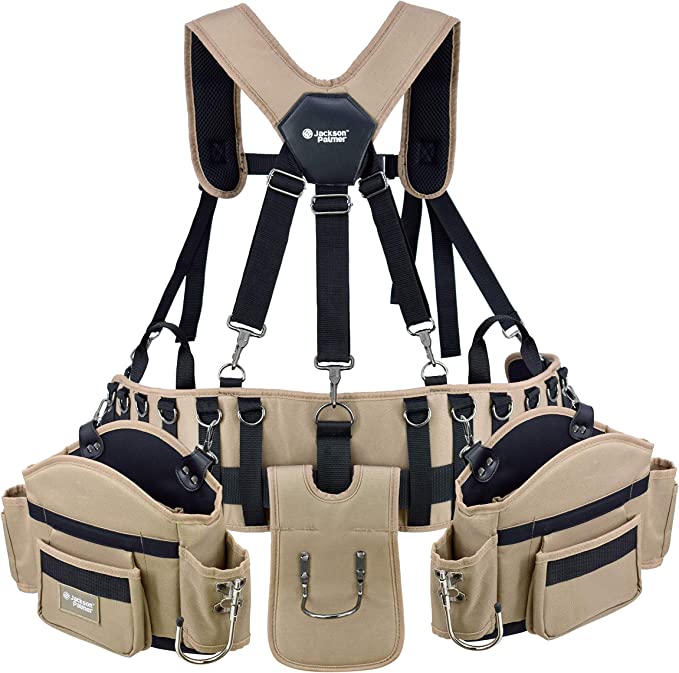
Top-Rated for the Workshop
1. Jackson Palmer Professional Comfort-Rig Tool Belt, $42.99
From The Best Tool Belt Suspenders
2. WUBEN C3 Tactical Flashlight, $29.89
From The Best Tactical Flashlights
3. Arctic Zone Deep Freeze Lunchbox, $42.99
From The Best Lunch Boxes for Construction Workers
4. ToughBuilt Gelfit Knee Pad Set, $41.99
From The Best Construction Knee Pads
5. Bosch GLM20 Blaze Laser Distance Measure, $39.97
From The Best Digital Tape Measures We Tested This Year
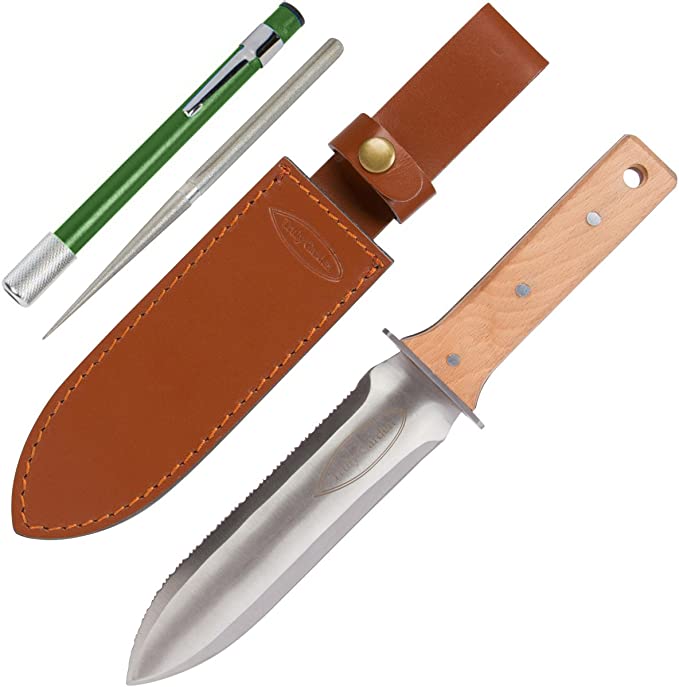
Great Outdoor Gifts
6. CAMPNDOOR 36-inch Pocket Chainsaw, $29.99
From The Best Pocket Chainsaws We Tested This Year
7. Apollo Exports International Railing Planter, $32.36
From The Best Railing Planters
8. Truly Garden Hori Hori Garden Knife, $25.49
From The Best Hori Hori Knives We Tested This Year
9. Jasonwell Foldable Dog Pool, $29.99
From The Best Dog Pools
10. Gardzen 5-Piece Garden Propagator Set, $15.99
From The Best Seed Starting Trays
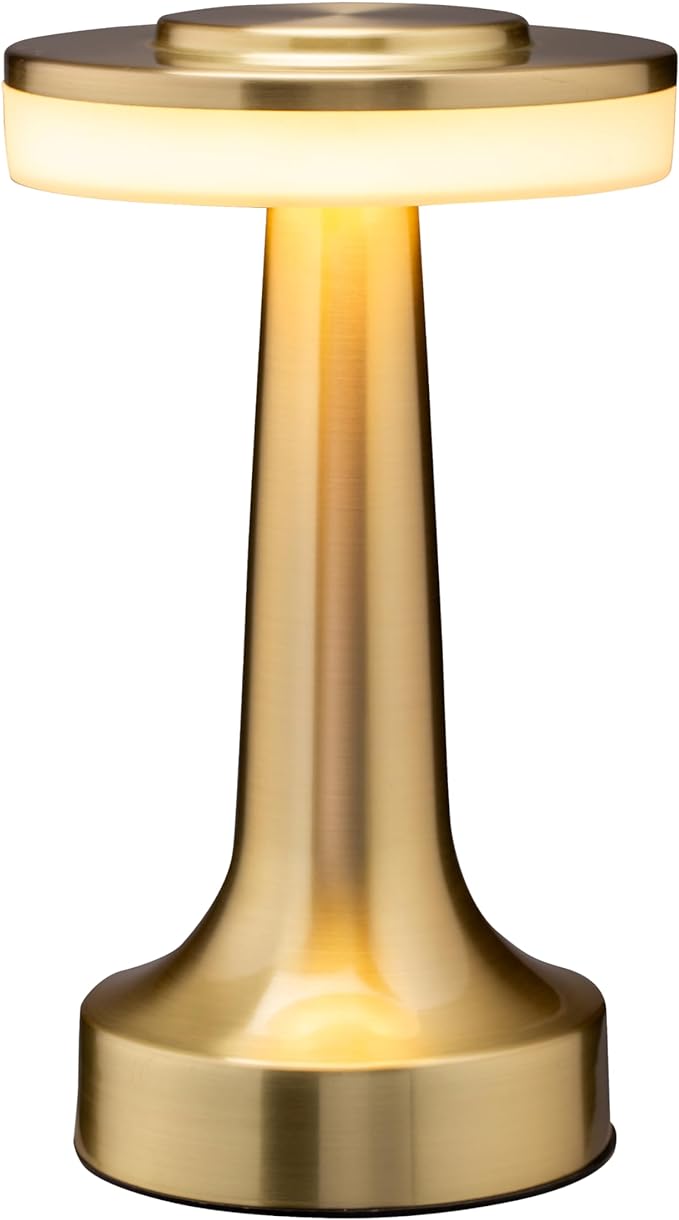
The Most Giftable Home Decor
11. O’Bright LED Portable Table Lamp, $29.99
From The Best Cordless Table Lamps
12. Best Home Fashion Thermal Curtains, $34.99
From The Best Thermal Curtains We Tested This Year
13. LBRO2M Deep Pocket Bed Sheets, $19.99
From The Best Hypoallergenic Sheets
14. Govee Smart LED Light Strips, 32.8 feet, $32.99
From The Best LED Light Strips We Tested This Year
15. WETCAT Turkish Beach Towel, $24.99
From The Best Turkish Towels
16. EASELAND All Season Queen Down Alternative Comforter, $43.90
From The Best Down Alternative Comforters
17. ASPECTEK Indoor Bug Killer, $38.99
From The Best Indoor Bug Zappers
RELATED: 34 Gifts New Homeowners Didn’t Know They Needed
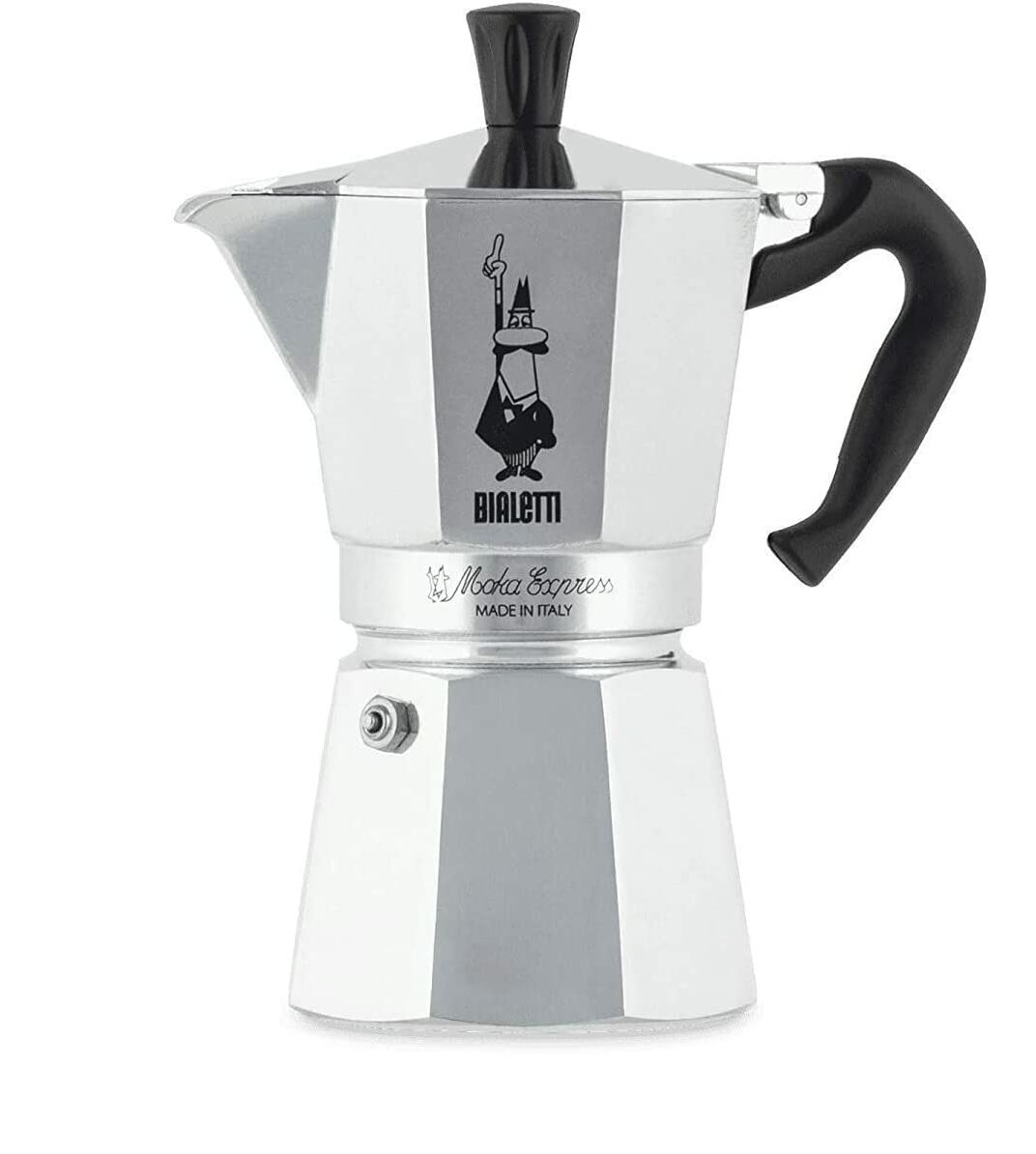
Practical Presents for the Kitchen
18. Bialetti Express Moka Pot, $42.99
From The Best Moka Pots
19. Cuisinart Deluxe Electric Can Opener, $40.99
From The Best Can Openers for Seniors
20. AcuRite Indoor Digital Thermometer, $30.51
From The Best Indoor Thermometers We Tested This Year
21. Snapware 4-piece Storage Container Set, $12.49
From The Best Freezer Containers
22. Grill Heat Aid BBQ Gloves, $25.99
From The Best BBQ Gloves
RELATED: The 20 Most Beautiful—And Useful—Housewarming Gifts for Any Budget

Our Favorite Gifts for Hobbyists (and Crafty Kids)
23. Uncle Milton Giant Ant Farm, $19.99
From The Best Ant Farms
24. Apple Barrel Acrylic Paint Set (pack of 18), $19.98
From The Best Paints for Wood Crafts
25. Stanwood Needlecraft Hand-Operated Yarn Ball Winder, $34.95
From The Best Yarn Winders
26. Sno Valley Mushrooms Queen Oyster Mushroom Growing Kit, $38
From The Best Mushroom Growing Kits
27. DilaBee CRAFTZEE Candlemaking Kit, $26.99
From The Best Candle-Making Kits
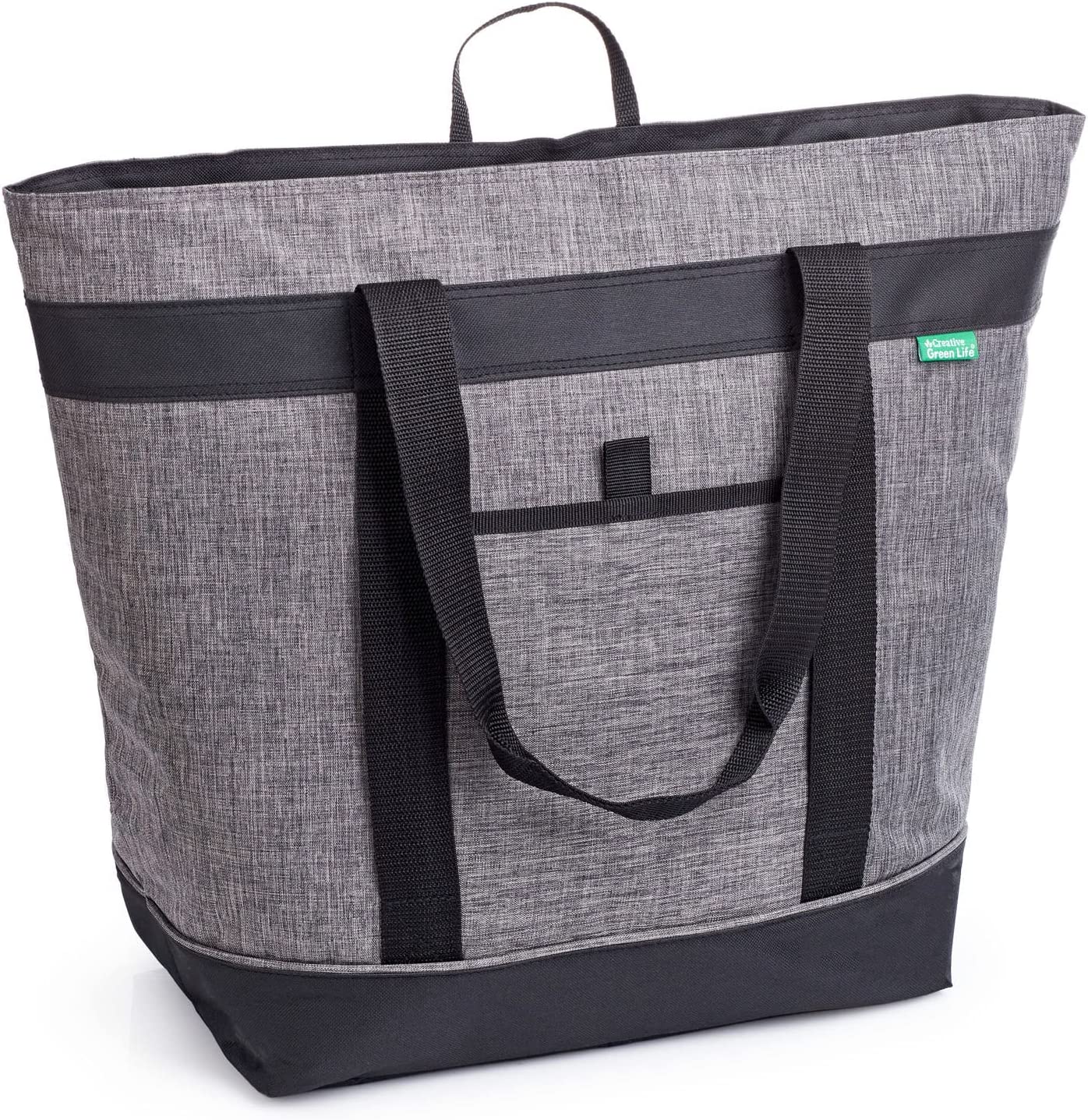
Eco-Friendly Gear That Anyone Will Love
28. Creative Green Life Jumbo Insulated Cooler Bag, $27.99
From The Best Insulated Grocery Bags
29. Brita UltraMax 18-cup Extra Large Filtered Water Dispenser, $37.98
From The Best Water Filters
30. Yeti Rambler 20 Ounce Travel Mug, $35
From The Best Travel Mugs
31. Relentless Drive Large Car Drying Towel, $29.99
From The Best Car Drying Towels
32. MOSO Natural Air Purifying Bag 3-pack, $28.95
From The Best Bamboo Charcoal Air Purifier Bags
RELATED: 15 Best Gifts To Send in the Mail
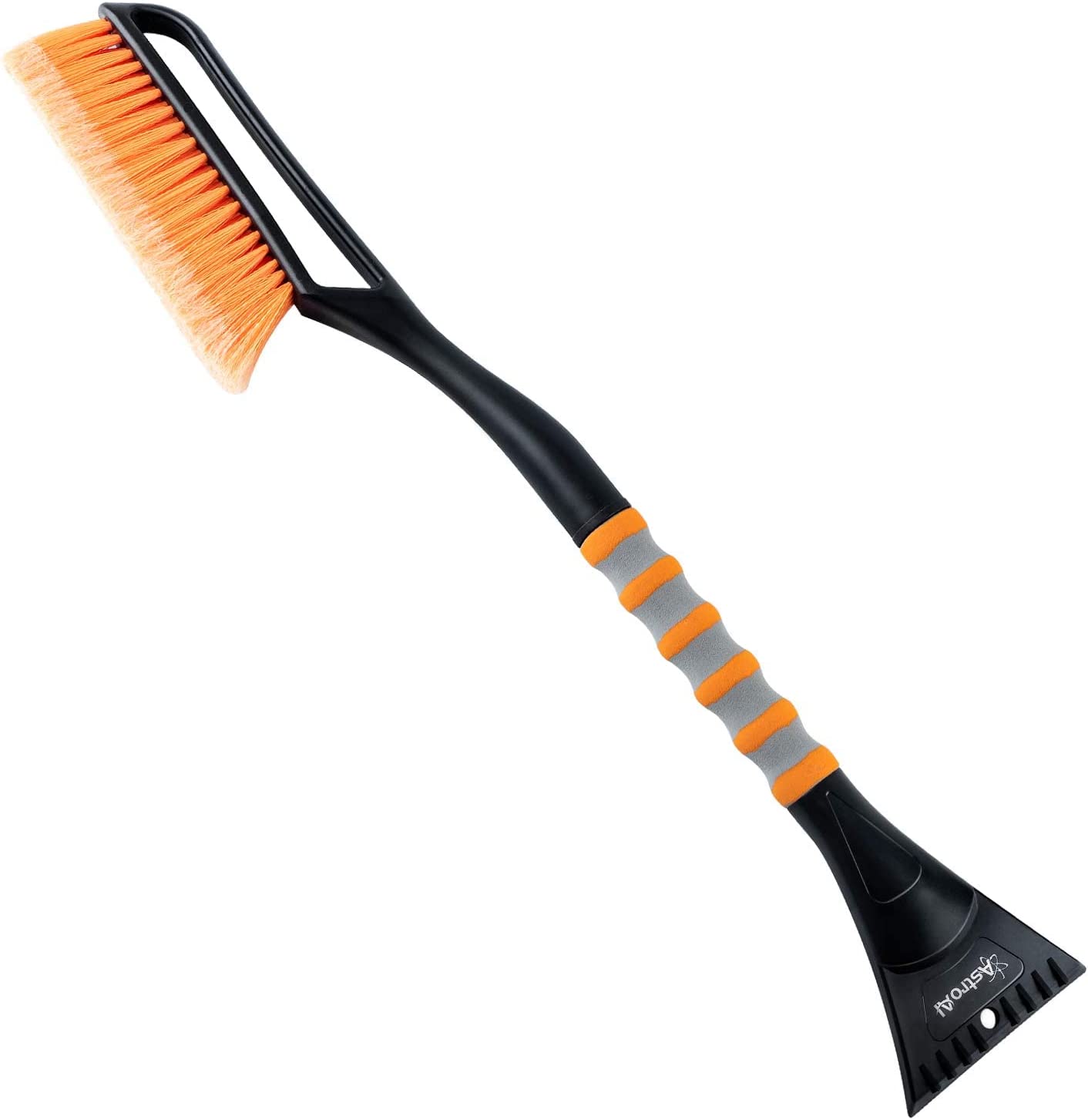
Winter Storm-Ready Stocking Stuffers
33. Minus33 Ridge Cuff Beanie, $22.99
From The Best Winter Hats
34. BESKAR Rechargeable Hand Warmer, $24.99
From The Best Rechargeable Hand Warmers We Tested This Year
35. Midland WR120B/WR120EZ NOAA Emergency Weather Alert Radio, $34.88
From The Best Emergency Radios We Tested This Year
36. AstroAI Snow Brush and Detachable Ice Scraper, $11.99
From The Best Ice Scrapers
37. Carhartt Cold Snap Insulated Work Gloves, from $46
From The Best Waterproof Gloves We Tested This Year
Prices are accurate as of December 5, 2023.

